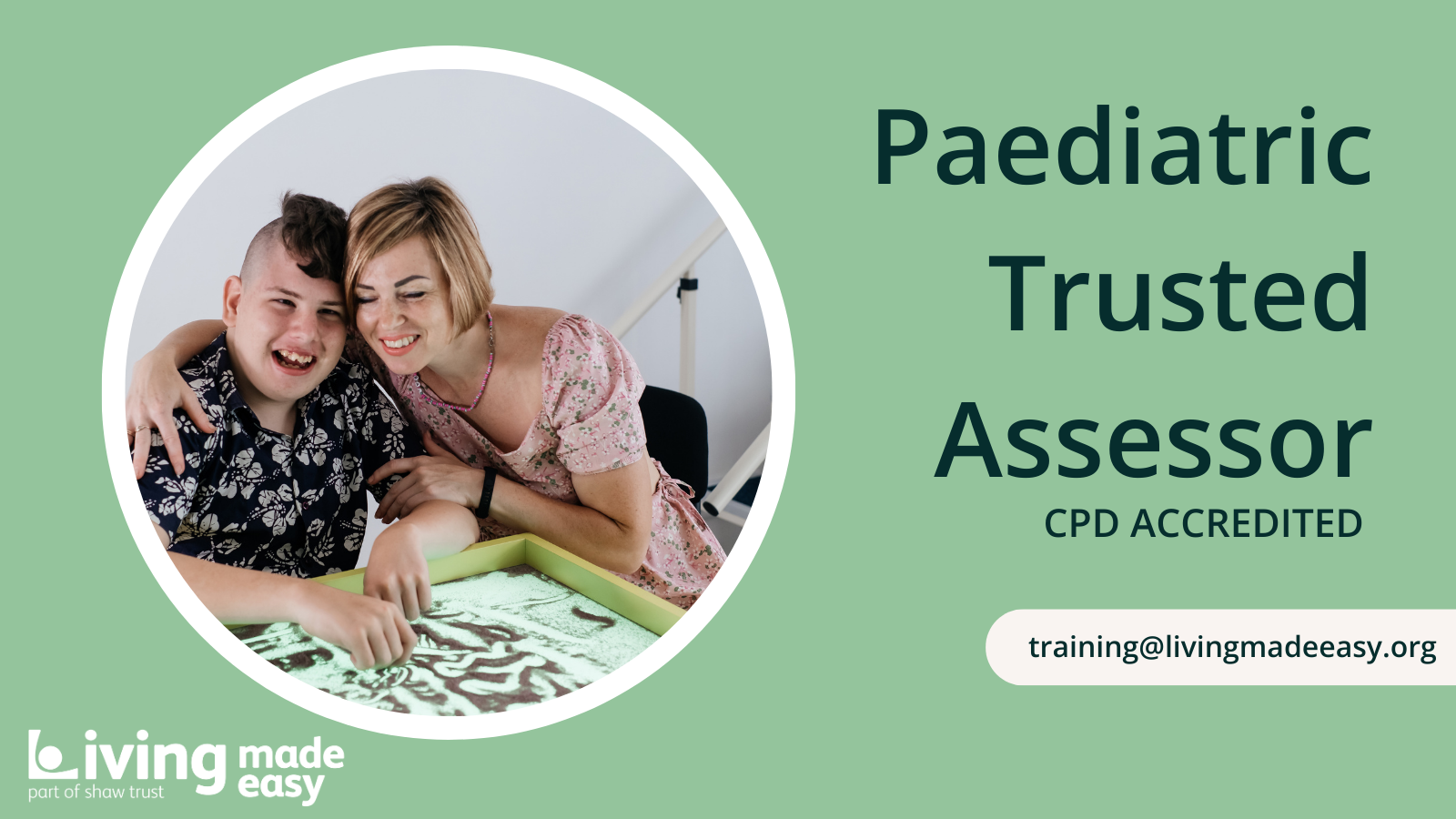Latest News
Trusted Assessors: A key to reducing hospital discharge time
Hints, tips and the latest ideas
The Digital Switchover: What You Need to Know

Enhance Your Skills in Supporting Children & Young People
Do you work with or care for children and young people who might need equipment or adaptations for daily living? Our Paediatric Trusted Assessor course is specifically designed to equip healthcare professionals and dedicated parents or carers with the necessary skills.
This unique dual qualification programme helps you confidently:
- Identify Needs: Learn how to accurately assess when adaptations are needed and measure correctly.
- Support Mobility: Master safe and effective methods for helping children move.
- Manage Risks: Understand how to conduct thorough risk assessments in paediatric settings.
- Navigate Funding: Gain knowledge on applying for relevant disability grants (like the Disability Funding Grant).
- Understand Regulations: Get up to speed on the legislation impacting paediatric assessments.
Upon completion, you'll receive both a CPD accredited Paediatric Trusted Assessor qualification and an OCN Trusted Assessor Level Four qualification.
Our blended course combines flexible online learning with vital hands-on practical sessions, led by experienced instructors delivering current best practices.
Ready to develop your expertise?
- View our training brochure here for full details.
- Email us at training@livingmadeeasy.org with any questions.




